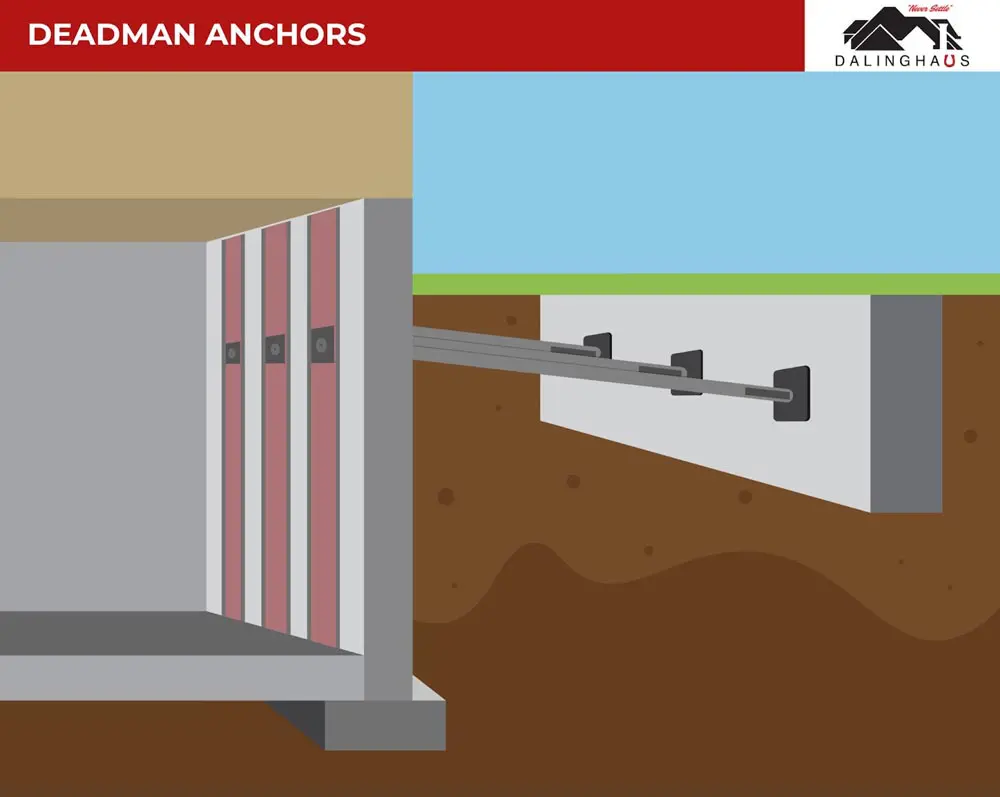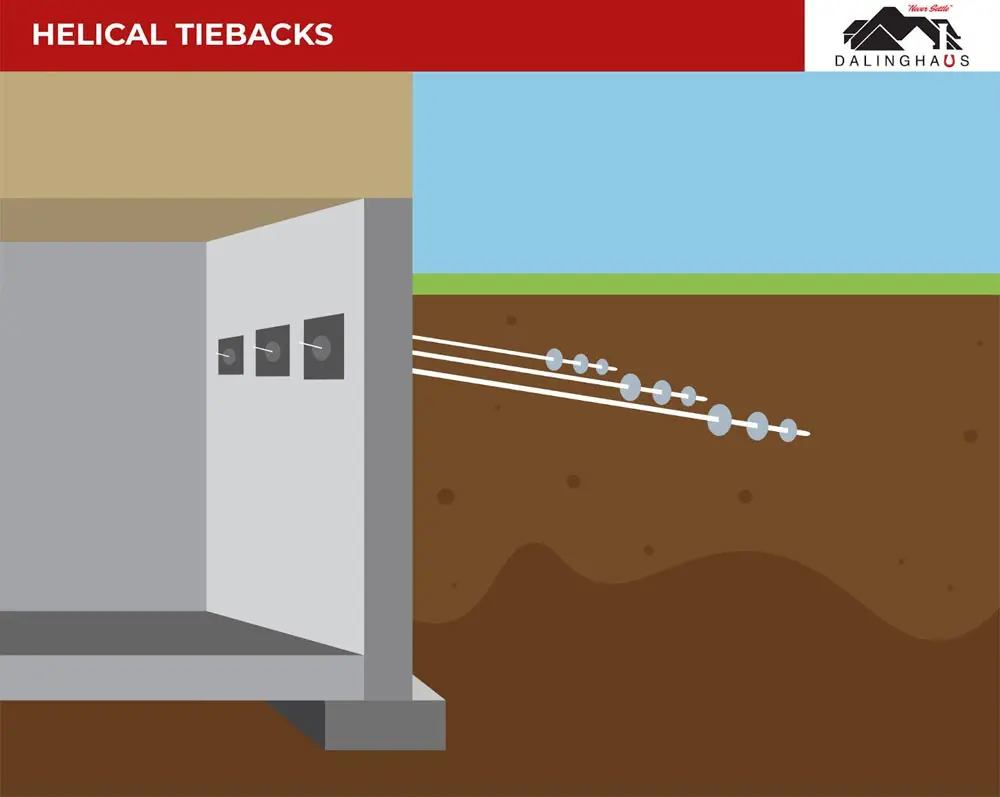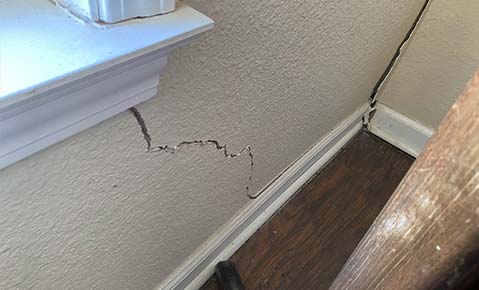Despite their vital importance in ensuring the structural integrity of retaining walls and other structures, deadman anchors remain unfamiliar to most. If you are interested in learning how these structural support features have become vital to retaining wall construction, you have come to the right place! In this article, we’ll lay out the basics of deadman anchors so that you can fully understand their crucial role.
What Is a Deadman Anchor?
To understand what a deadman anchor is, you first need to learn about a construction element known as a “retaining wall tieback.” A tieback is a structural element that builders embed into the ground behind a retaining wall. Tiebacks come in several forms, each serving the same purpose of boosting the retaining wall’s ability to support the weight of the soil behind it.
A deadman anchor is simply one type of retaining wall tieback that consists of a substantial concrete block and one or more tie rods.

Typically, the concrete block sits several feet below the ground and at least 10 feet behind the retaining wall. Meanwhile, the tie rods run horizontally through the earth, connecting the concrete block to the back of the retaining wall.
Builders often include some tieback system in a retaining wall’s design and install them in the middle of the construction process. These structural supports will be unnoticeable once the wall construction is complete, as they lie well beneath the surface.
Benefits of Deadman Anchors
Now that you have a better idea of what a deadman anchor is, you are likely wondering why they are commonly used when constructing a retaining wall. The answer is that adding a retaining wall tieback will dramatically increase the strength and stability of the wall.
Even a small retaining wall must constantly hold back an immense amount of weight. That weight only increases when the soil becomes saturated. As such, retaining walls must be as solid and dependable as possible to avoid failure.
Retaining wall tieback systems are also beneficial because they are relatively easy to install and don’t require follow-up maintenance. While other portions of a retaining wall have exposure to the elements, tiebacks remain intact beneath the ground, performing their duties consistently for years to come.
Simply put, deadman anchors can make your walls more capable of holding heavy loads. They also support greater longevity in your wall while decreasing the odds that a structural failure will occur.
Uses for Deadman Anchors
Although the functionality of a deadman anchor is relatively simple, these structural components are helpful in multiple scenarios.
Retaining Walls
As mentioned above, one of the primary uses of deadman anchors is in retaining walls. Generally, as the height of a retaining wall increases, so too does the weight it holds back and the need for some tieback.
Basement Walls
Beyond retaining walls, added subsurface structural support can also be helpful for foundations. Since basement walls act as retaining walls by holding back the soil around your house, deadman anchors can significantly improve their stability. This can lead to fewer damages and less need for foundation repairs.
Seawalls
Tiebacks are also an essential part of seawall construction. Seawalls must withstand powerful impacts from waves and storm surges. Installing deadman anchors during construction is one of the best ways to ensure a seawall is prepared to remain structurally stable when those impacts occur.
Wall Repair
Although tiebacks are beneficial, plenty of walls don’t have them. When these walls start to bow or lean, installing deadman anchors retroactively can restore stability and prevent catastrophic structural failure.
Deadman Anchors Vs. Helical Tiebacks
While deadman anchors are incredibly helpful for enhancing the strength of a retaining wall, they are not the only structural element that can achieve this goal. Other types of retaining wall tiebacks serve a similar purpose–one of the most effective of which is known as a “helical tieback.”

One of the main differences between the types of tiebacks is their installation method. Deadman anchors must be installed during construction, or else they will require significant excavation to be installed after construction.
By contrast, you can insert helical tiebacks into a fully built retaining wall. To install helical tiebacks, a builder will make an opening in the wall and then twist the tieback into the soil like a screw. Once rotated in, the helical tieback adds strength like a deadman anchor.
Ensure Your Retaining Walls Have Excellent Stability
If you have read this far, it is likely clear to you that the average individual cannot install a tieback in a retaining wall. Instead, if you want your retaining walls or seawalls to have the strength only a deadman anchor can provide, you need to find a professional team to install them for you.
Learn more about Residential Slope Stabilization.
At Dalinghaus Construction, we are the premier foundation repair team in Southern California, Arizona, and Nevada. We also specialize in retaining wall and seawall repair.
If you live in our service area and wish to learn more about how the structural integrity of the retaining walls on your property could improve, reach out to us today!






